What Should You Do Immediately After a Storm-Damaged Roof?
If your roof has sustained damage from a storm, act quickly. The first 24 hours are critical. Secure your home by covering leaks with tarp or plastic sheeting to prevent water intrusion, which can lead to further damage. Document the damage with photos for insurance purposes.
How to Identify the Type of Roof Damage?
Identifying the roof damage type begins with a thorough visual inspection. Common signs of storm damage include:
- Missing Asphalt Shingles: Look for asphalt shingles that are missing or dislodged. This can expose the underlayment to water.
- Visible Leaks: Check your ceilings and walls for dark spots or water marks, indicating moisture penetration.
- Dented or Cracked Shingles: Inspect for any dents or cracks that may compromise the integrity of your roofing material.
What Are the Initial Steps for Roof Leak Repair?
For roof leak repair, take the following initial steps:
- Locate the source of the leak, if possible.
- Remove any standing water from the affected area to reduce damage.
- Apply a temporary fix, such as roofing tape or waterproof sealant, to minimize leaks until professional help arrives.
How Do You Secure Your Property After Roof Damage?
Securing your property involves protecting it from further damage and ensuring safety. Here’s how:
- Cover Exposed Areas: Use a tarp to cover damaged sections temporarily.
- Avoid Electrical Hazards: Switch off power if water infiltrates electrical systems.
- Move Interior Items: Remove valuables from the affected area to protect them from water damage.
When Should You Contact a Roof Inspection Professional?
Contact a roof inspection professional if you observe significant damage or if you are unsure about the extent of the damage. An inspection can identify hidden issues, such as:
- Structural damage to the rafters or trusses.
- Damage to the underlayment that requires immediate attention.
- Potential mold growth that may develop if leaks are not addressed.
What to Expect During a Roof Inspection?
During a roof inspection, the roofing professional will assess:
- Overall Roof Condition: They will check for missing, cracked, or curling shingles.
- Flashing Integrity: Inspecting the metal flashing around chimneys, vents, and valleys where water may infiltrate.
- Gutters and Downspouts: Ensure gutters are clear from debris that may cause water backup.
What Are the Signs You Need a Full Roof Replacement?
Sometimes, minor repairs may not be sufficient. Signs indicating a need for roof replacement include:
- Extensive Damage: If more than 30% of the roof surface is damaged.
- Age of the Roof: Asphalt shingles typically last 20-25 years. If your roof is nearing this age, consider replacement.
- Persistent Leaks: If you find yourself frequently requiring roof leak repair, it may be more cost-effective to replace the roof.
How to Choose a Roofing Contractor?
Selecting the right roofing contractor involves careful consideration:
- Check Credentials: Ensure they are licensed and insured.
- Look for Reviews: Research local contractors and read reviews from previous customers.
- Get Multiple Estimates: Compare quotes to ensure fair pricing without sacrificing quality.
What Factors Influence Roof Replacement Cost?
Several factors can affect the cost of roof replacement:
| Factor | Influence on Cost |
|---|---|
| Material Type | Asphalt shingles are generally less expensive than metal or tile roofs. |
| Size of Roof | Larger roofs require more materials and labor, increasing the overall cost. |
| Labor Costs | Location can affect labor rates; urban areas typically have higher costs. |
What Insurance Coverage Should You Consider?
Review your homeowner’s insurance policy to determine coverage for storm-related roof damage. Key aspects to consider include:
- Types of Coverage: Actual Cash Value vs. Replacement Cost.
- Deductibles: Understand the deductible amount you will need to pay before insurance kicks in.
- Exclusions: Be aware of any exclusions, such as maintenance neglect or wear and tear.
How Long Does a Roof Replacement Typically Take?
The duration of roof replacement varies based on several factors, including weather and size of the project. On average, it takes:
- 1 to 3 Days: For most residential homes.
- Up to a Week: For larger homes or complex roofing systems.
What Maintenance Can Prolong Your Roof’s Life?
Preventative maintenance can significantly extend the lifespan of your roof:
- Regular Inspections: Schedule professional roof inspections at least once a year.
- Gutter Cleanings: Keep gutters clear to prevent water damage.
- Trim Overhanging Branches: Prevent damage from falling branches during storms.
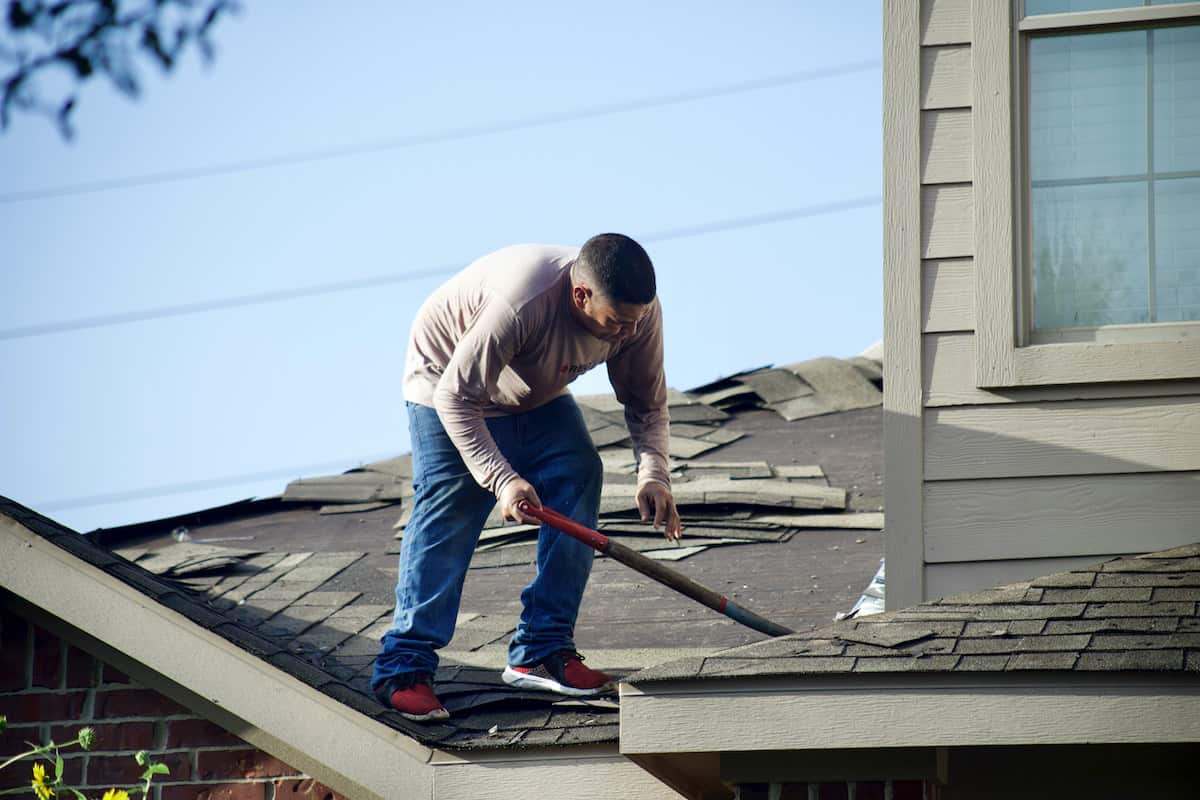
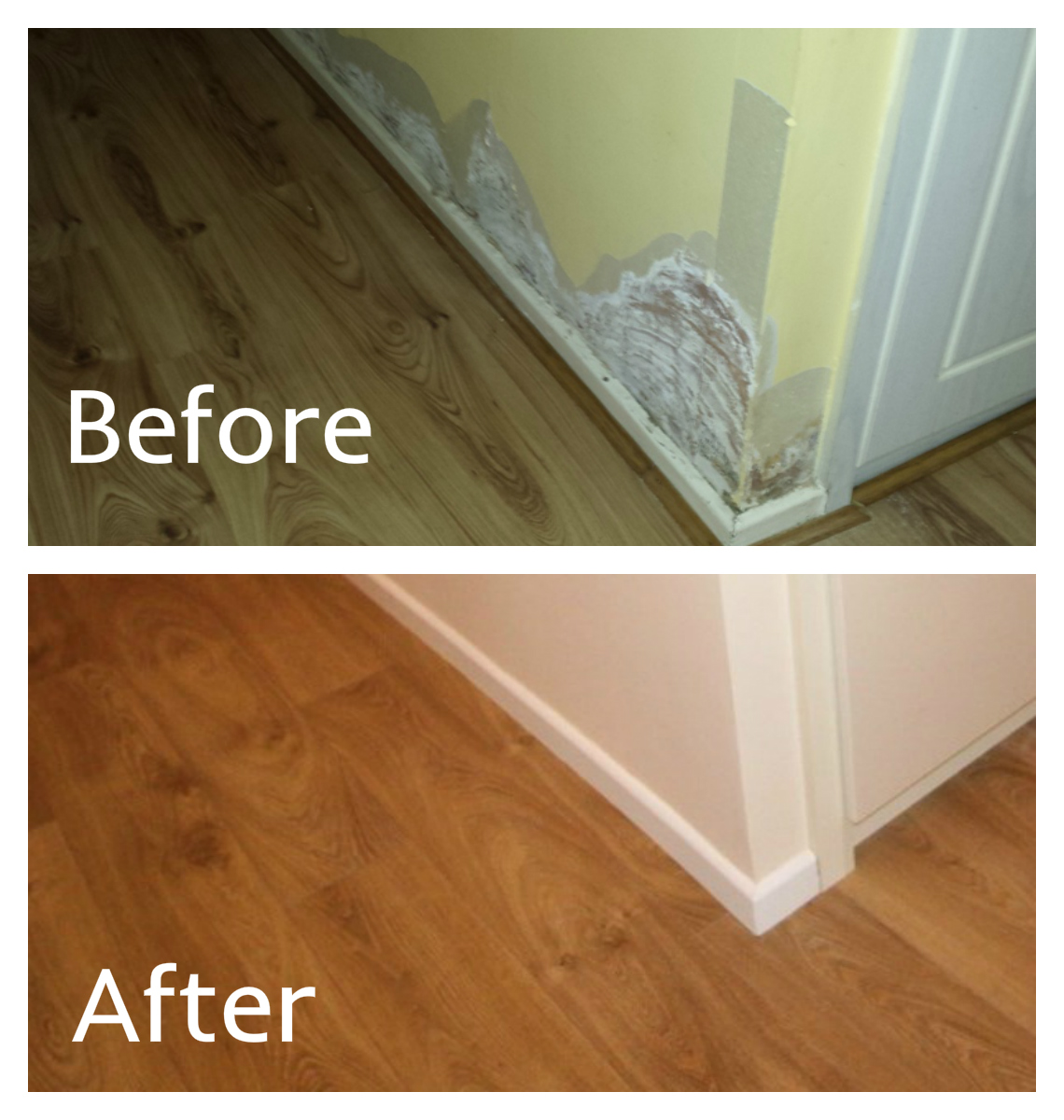




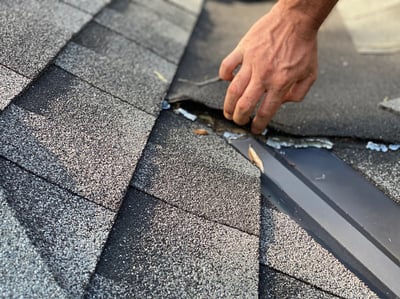

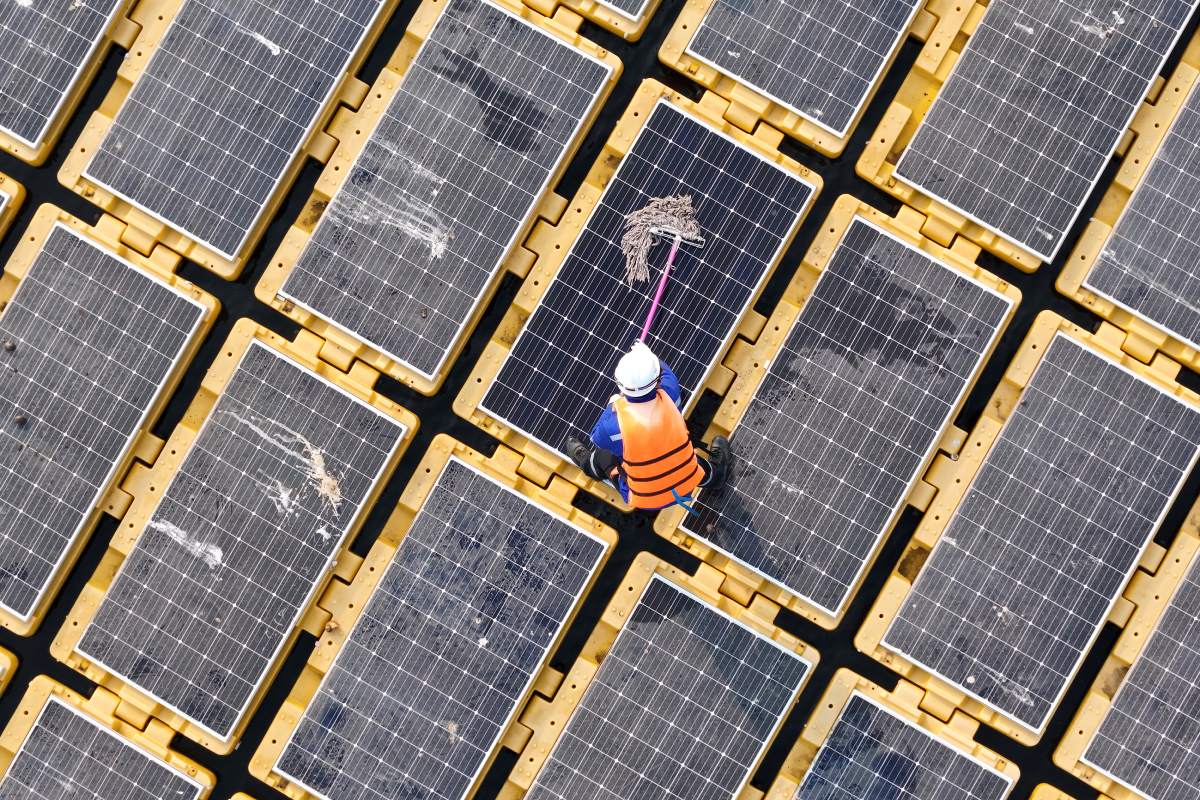

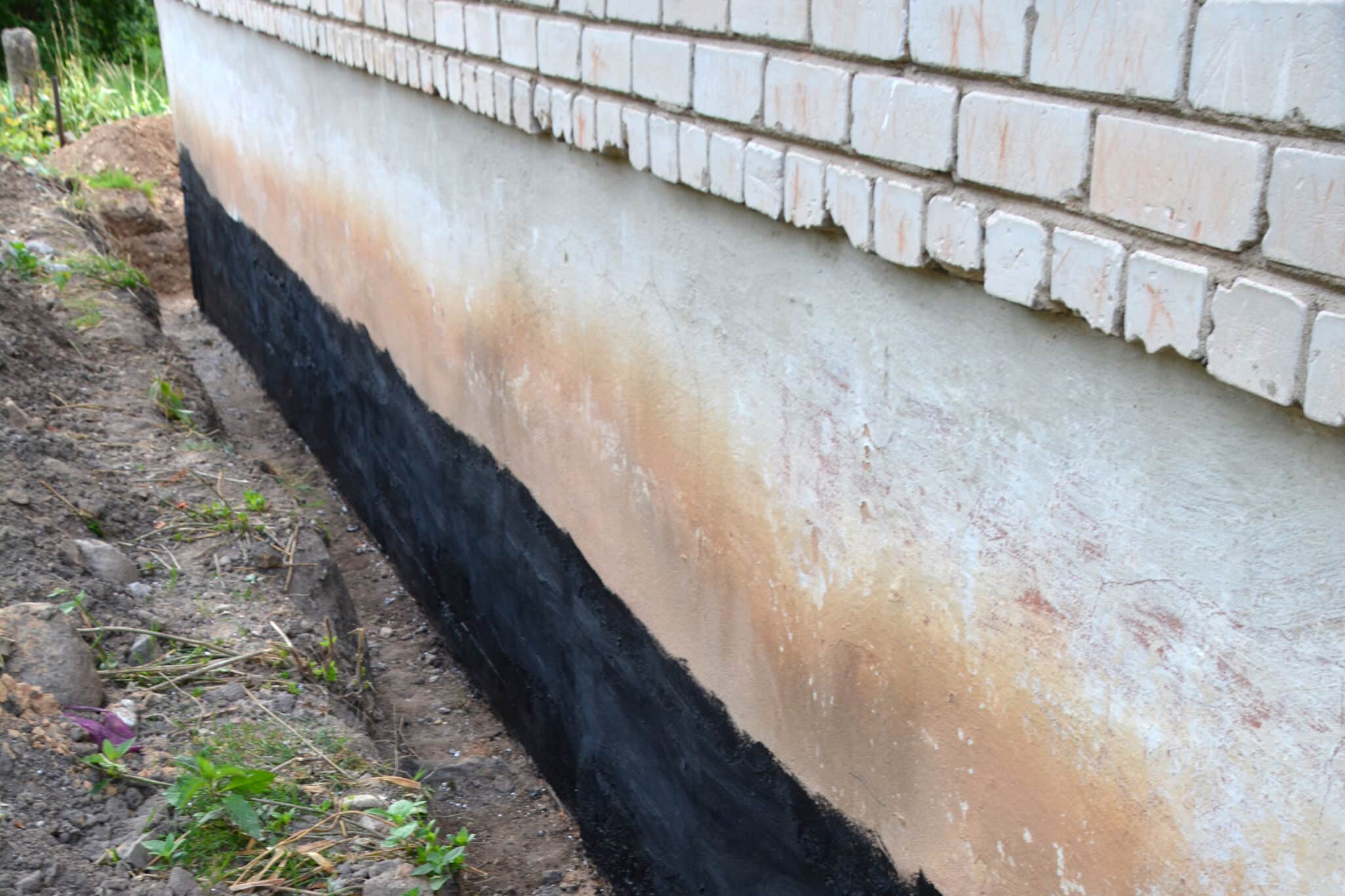

Leave a Reply